Tokyo area parents' radiation worries grow with discovery of local 'hotspots' The Mainichi Daily News via Rense. Excerpts:
More than three months after the Great East Japan Earthquake and the meltdowns at the Fukushima No. 1 Nuclear Power Plant, Tokyo region residents are becoming increasingly worried over radiation exposure as a number of radioactive "hotspots" have been discovered in and around the capital.
Local governments are calling for calm, as annual doses of radiation at the hotspots -- sites where radiation levels are significantly higher than their surroundings -- would not exceed 20 millisieverts as they do in parts of Fukushima Prefecture. Residents are nevertheless calling on their local governments to take some kind of action.
..
However, even as radiation hotspot worries mount, there continues to be only one site in all of Chiba Prefecture where radiation levels are being formally monitored, drawing criticism. Local radiation tests performed at primary schools and other public spaces at the end of May revealed a 0.54 microsievert per hour radioactive hotspot at a Kashiwa park. The prefectural monitoring post some 50 kilometers south southeast of the park, meanwhile, has recorded radiation doses of only 0.08 microsieverts per hour -- a discrepancy which has stoked the fears of parents.
Meanwhile, a radiation monitoring committee formed by six cities in the northwest of Chiba Prefecture -- including Kashiwa -- also discovered a 0.65 microsievert per hour radioactive hotspot in a park in the city of Nagareyama.
Stonewalling, denial, and falsehoods. Standard Operating Procedure, right?
More than three months after the Great East Japan Earthquake and the meltdowns at the Fukushima No. 1 Nuclear Power Plant, Tokyo region residents are becoming increasingly worried over radiation exposure as a number of radioactive "hotspots" have been discovered in and around the capital.
Local governments are calling for calm, as annual doses of radiation at the hotspots -- sites where radiation levels are significantly higher than their surroundings -- would not exceed 20 millisieverts as they do in parts of Fukushima Prefecture. Residents are nevertheless calling on their local governments to take some kind of action.
..
However, even as radiation hotspot worries mount, there continues to be only one site in all of Chiba Prefecture where radiation levels are being formally monitored, drawing criticism. Local radiation tests performed at primary schools and other public spaces at the end of May revealed a 0.54 microsievert per hour radioactive hotspot at a Kashiwa park. The prefectural monitoring post some 50 kilometers south southeast of the park, meanwhile, has recorded radiation doses of only 0.08 microsieverts per hour -- a discrepancy which has stoked the fears of parents.
Meanwhile, a radiation monitoring committee formed by six cities in the northwest of Chiba Prefecture -- including Kashiwa -- also discovered a 0.65 microsievert per hour radioactive hotspot in a park in the city of Nagareyama.
Stonewalling, denial, and falsehoods. Standard Operating Procedure, right?







































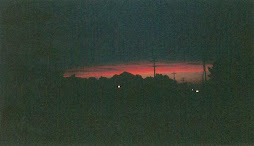







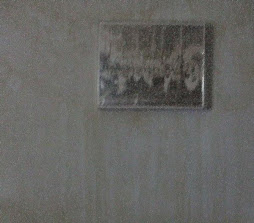





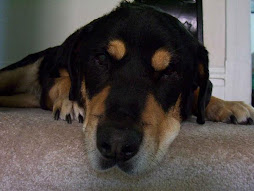
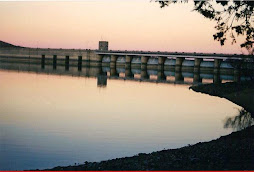
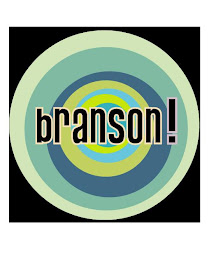





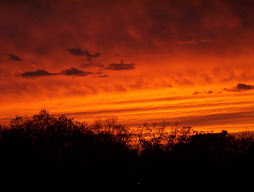
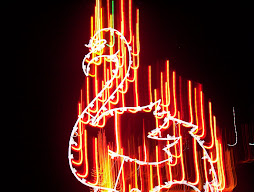




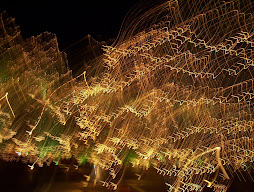

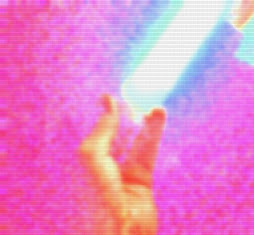
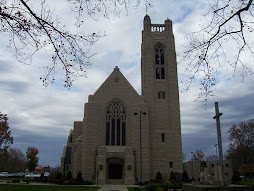
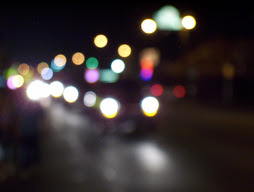







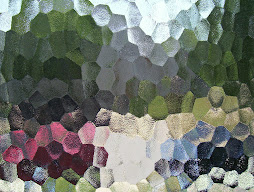
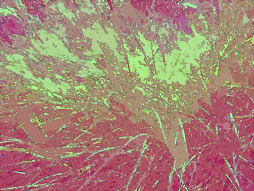
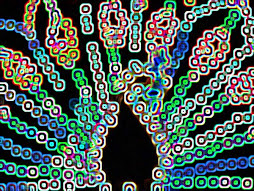









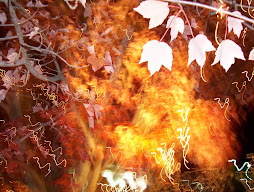
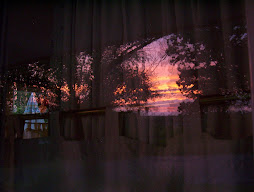
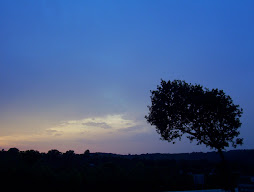







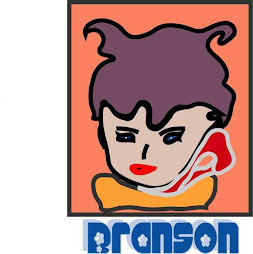
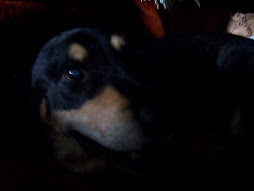


No comments:
Post a Comment